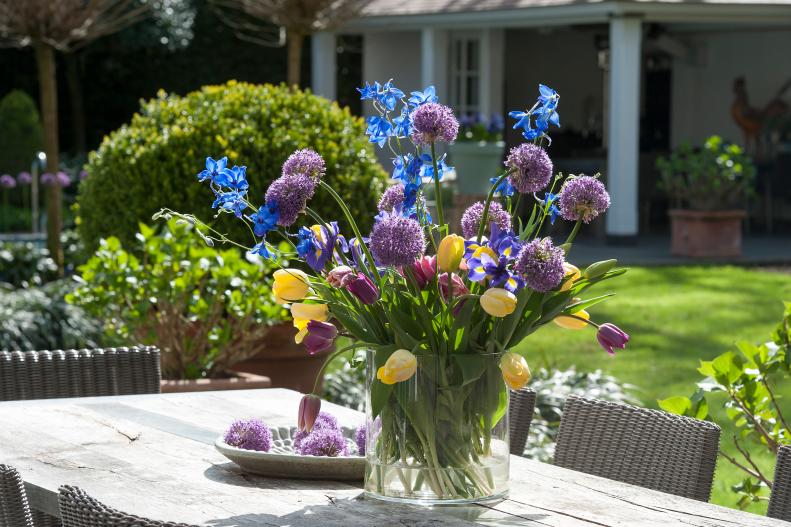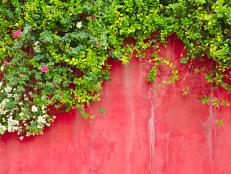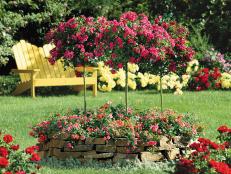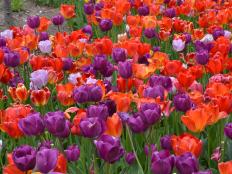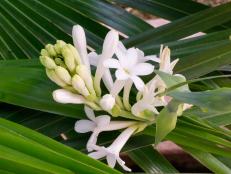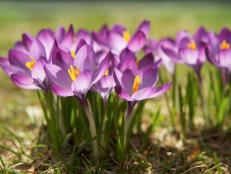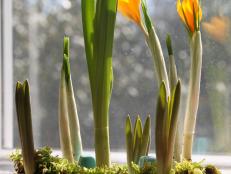1 / 14
Photo: Bulb.com
How to Plant Tulips and Alliums
If you don't mind getting a little dirt on your hands when you plant bulbs this fall, you'll be rewarded with handfuls of flowers next spring. While your garden is cold and dreary, the bulbs will be forming roots and preparing to bloom when the weather warms up again. Popular varieties sell out fast, so buy or order your favorites ahead of time.






